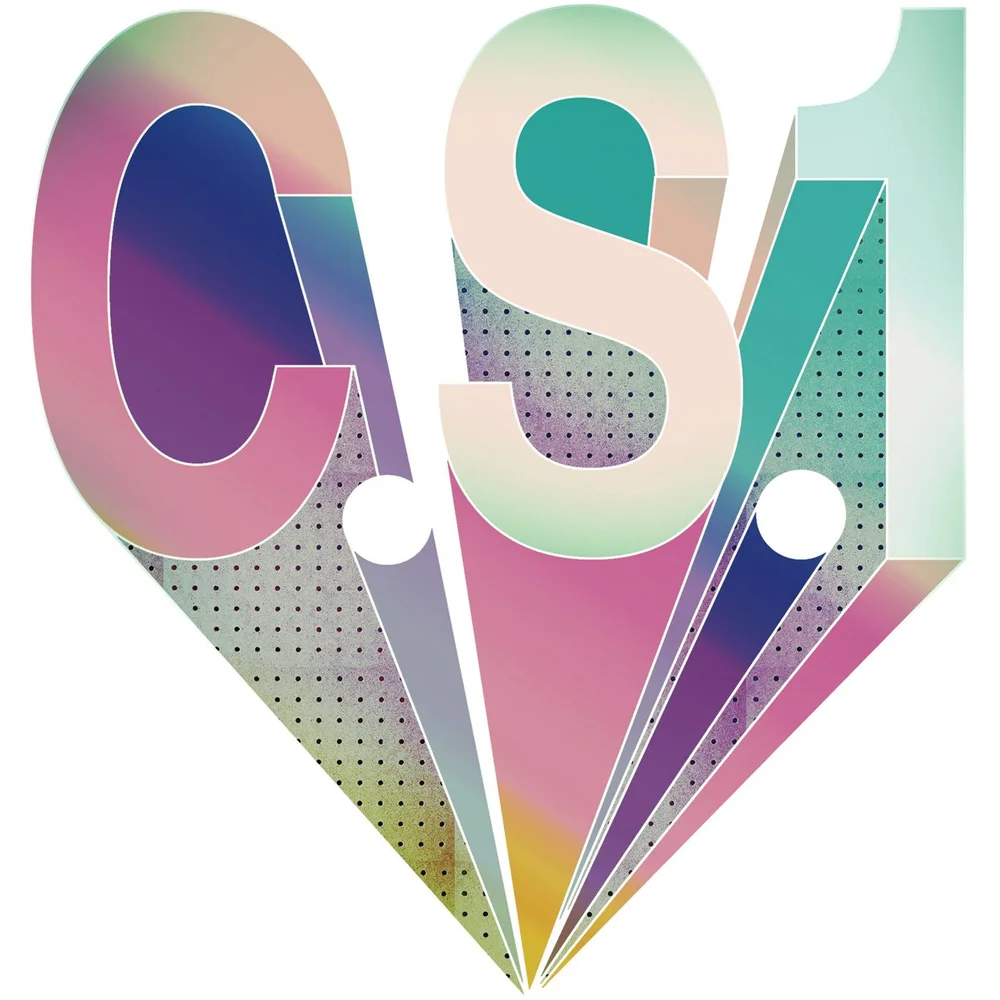More Love: Art, Politics, and Sharing since the 1990s explores the deep human need for connection in a world heavily influenced by technology, global capitalism, and gender and sexual politics. With the title drawn from Tracey Emin’s work in the exhibition, More Love builds on debates in feminist theory, relational aesthetics, identity politics, social media and emotion in post-conceptual art, and considers love in three primary ways: 1) as a political act, 2) as a model for (knowledge) sharing, and 3) as a force in the age of a media/communication revolution. Organized by Independent Curator Claire Schneider for the Ackland Art Museum, UNC-Chapel Hill, More Love features fifty-two works by thirty-three artists, including seminal, mid-career and lesser-known figures: Louise Bourgeois, Jennifer Allora & Guillermo Calzadilla, Janine Antoni, Elsewhere, Hadassa Goldvicht, Sarah Gotowka, Sharon Hayes, Jim Hodges, Emily Jacir, Miranda July, Laurel Nakadate, Rivane Neuenschwander, Katerina Šedá, Gillian Wearing, and others.
More Love ultimately documents the shift from artists focusing their work from self to other, exploring the intricate territories of relationships—with lovers, with family, with community, with unseen strangers, and with the recipients of the work itself. Julianne Swartz’s Affirmation greets visitors in the museum’s vestibule, offering seventy-two individual responses to the question, “What could someone say to you that would make you feel completely loved (acknowledged, understood, respected, cared for, attractive, embraced, supported, safe, cherished…)?” The whispered and jubilant replies implicate the museumgoer as a recipient of the praise, tapping into an important emotional register to evoke understanding of politically complicated concepts. Artist Antonio Vega Macotela offered himself as a proxy to act on behalf of prisoners at Santa Marta Acatitla prison in Mexico, engaging in actions such a visiting an ailing relative or dancing with a prisoner’s mother. In exchange, a prisoner would fulfill a request of Macotela’s which involved producing a physical work, often in the form of a diagrammatic drawing that described specific action. Macotela says that these trust-based agreements with strangers could not be dissociated with the idea of love.
In The Way of Love (2004) French feminist theorist Luce Irigaray argues that real knowledge comes from the open, generous, non-hierarchical dialogue found in loving and equal sharing, rather than from a wisdom-loving, all-knowing individual. This premise is explicated in More Love, emphasizing contemporary art’s engagement with time, language, gifts, touch, and acts of service. This multi-generational, contemplative show cleverly juxtaposes artworks within these categories to expose layers of meaning in well-known pieces, providing a revealing second-look at some of the best art of the past few decades, while introducing visitors to a selection of emerging artists.
A 240-page, fully-illustrated companion catalogue includes essays by Jonathan Katz and social practice scholar Shannon Jackson, artists Dario Robleto and Lynne McCabe, as well as supplementary materials ranging from Yoko Ono’s Twitter feed to facsimiles of love letters to artists in the exhibition. Combining scholarly, artist, and visitor voices, the exhibition and catalogue serve as an important introduction to the topic of love in contemporary art from the past twenty years.
The foundation for More Love begins with Gonzalez-Torres, the pioneering figure who profoundly reworked the viewer’s relationship to the art object as a response to the loss of his lover during the AIDS epidemic in the 1990s. Viewers see that love is no longer the 1960s idealized plea of a united revolutionary movement responsive to the industrial age, but an urgent yet disparate call in a virtual culture overloaded with ways to connect but still wrestling with isolation. Five new works were commissioned for More Love, including Chris Barr’s website No Time for Love: Worldwide Regret Counter for Misplaced Priorities and Lee Walton’s daily visitor performance, Father and Daughter View the Exhibition. Gregory Sales’ Love for Love reserves the usual top down forms of giving with the help of over 130 individuals. A trough of political style metal buttons are offered imprinted with love-inspired texts written by those from the Chapel Hill area and surrounding region whose voices are less-often heard—recipients at a food bank, homeless individuals, prisoners, and students in an ESL class.

